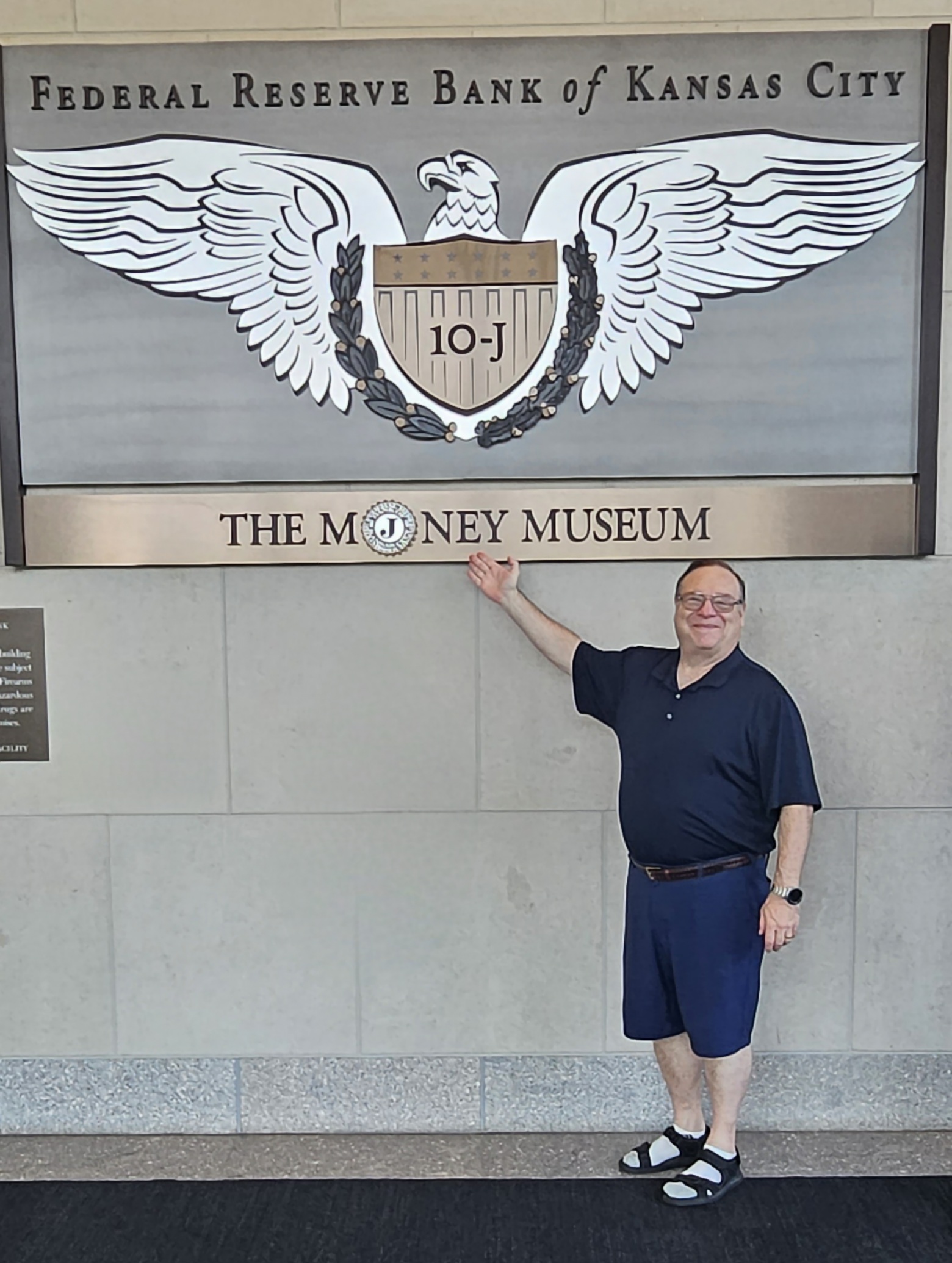Two Cents on the U.S. Dollar
Presented by Marc Aarons
Recently, there has been a lot of chatter about the U.S. dollar losing its status as the world’s reserve currency, which I recognize may feel both confusing and concerning to many of my clients.
With that in mind, I thought I would proactively reach out with a brief overview of the situation as well as a few key points to keep in mind.
Reserve Currency: Meaning
So, what exactly is a reserve currency anyway? Essentially, a reserve currency is a foreign currency held by world central banks in vast quantities and used to facilitate international transactions. The U.S. dollar has been the reserve (or intermediary) currency of choice for seven decades.
Debt, like U.S. Treasuries and other international debt obligations, are also priced in dollars. This uniform, underlying currency simplifies transactions and eliminates counterparties having to deal with foreign currency fluctuations when pricing transactions.
So, those dollars that Federal Reserve Chair Jerome Powell and Treasury Secretary Janet Yellen are in charge of are kind of a big deal!
“Status Change” Possibility
While it remains unlikely that the U.S. dollar would see a status change in the world’s eyes overnight, a gradual diminishment of the U.S. dollar’s status is a phenomenon that has gotten plenty of media attention this year. But is it realistic or even viable?
For this to occur, there would need to be a suitable, widely accepted, and widely available currency for international trade partners of all sizes. What would that be?
Alternative Speculation
BRICS: BRICS (Brazil, Russia, India, China, and South Africa) has been an acronym in the spotlight, as speculation about a joint currency among these nations has swirled. A currency shared by these countries in very different parts of the world seems like a remote possibility.
But even if it did happen, there would be plenty of work ahead for this joint currency to compete with the U.S. dollar. For example, the U.S. dollar was bought or sold in about 88 percent of global foreign exchange transactions in April 2022.
Digital Currency? Currency has changed over time. First, bartering was the transactional medium. Precious metals like gold and silver followed, leading the way to paper currencies. Recently, mobile payments (in dollars) have gained traction using smartphones.
Digital currencies seem inevitable to many, although it is still early for many to grasp this notion. Perhaps the recent narrative is some sort of prelude to a digital dollar in the future.
A Reminder on Ebbs and Flows
Here is a fun and visual infographic showing the ebbs and flows of reserve currencies held by central banks over the last 120 years. That’s a long time! We can see that things change over time, and central bank reserves have constantly evolved over the past century.
Treasury Secretary Janet Yellen recently emphasized that “it will not be easy for any country to devise a way to get around the dollar” but that there is “a natural desire to diversify.”
The keyword here is “diversify.” Diversification is smart. Diversification can reduce market risk. Whether it is a country, a billionaire investor, or people like you and me, diversification is one of the best ways to reduce asset-specific or currency-specific risk.
It’s worth adding here that diversifying away from the U.S. dollar is ultimately nothing new, and it’s been happening for more than two decades. In fact, this topic was also in the spotlight in the late 1970s, and there are macroeconomic similarities from now to then (think elevated interest rates and inflation).
Investment Effects
Should the dollar be replaced as an international currency medium by a yet-to-be-determined alternative, early expectations are for softer stock pricing and a softer overall American economy.
But opinions differ, and things don’t always go as expected. Rising rates have not significantly hurt major U.S. stock market averages, as one would have expected, given the recent pace of interest rate hikes.
Slow Potential Change
There is little chance of a sudden change to our national currency’s global reserve status, despite what the news headlines sound like.
Pragmatically, if there is no viable replacement for an international currency or transactional means of value, a shift cannot quickly occur.
However, in light of the recent credit downgrade of the U.S. debt, a rapidly rising deficit in recent years, debt ceiling standoffs, U.S. sanctions, and other international forces, the possibility has merit, though the process would most likely be slow should it occur.
So, if there’s no immediate cause for concern, what can Americans take away from this chatter? Diversification, whether of currencies or an investment portfolio, is a key risk mitigator.
With that said, if you have follow-up questions about what I’ve shared or general strategy queries or needs, please don’t hesitate to email or call me. I am always here to help.
Marc Aarons may be reached at (714) 887-8000 or marc@ocmoneymanagers.com
www.ocmoneymanagers.com
This communication is from Money Managers, Inc.; a Securities and Exchange Commission registered investment advisor. Information presented is for educational purposes only and does not intend to make an offer or solicitation for the sale or purchase of any securities, and past performance is not indicative of future results. Investments involve risk and are not guaranteed. Be sure to first consult with a qualified financial adviser and/or tax professional before implementing any strategy discussed here.

Comments are closed